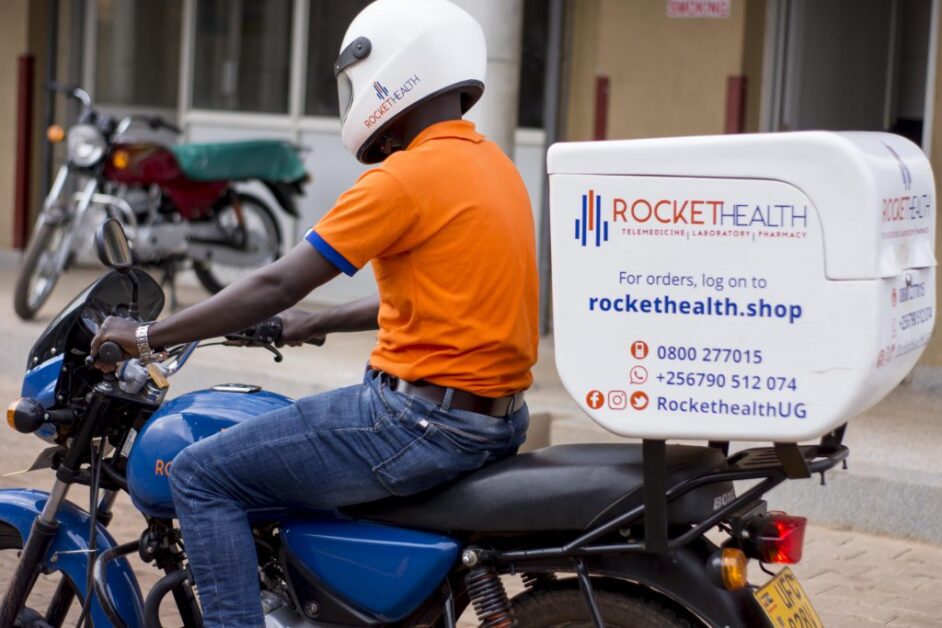Building a startup is an endeavour that is as challenging as it is rewarding. It is a journey that is fraught with uncertainty, risk, and the potential for failure. The default outcome for most startups is failure, with success being the exception rather than the norm. This is not to discourage potential entrepreneurs, but rather to underscore the reality of the startup landscape and the need for resilience, determination, and a willingness to learn from mistakes.
A startup, by definition, is a young company founded by one or more entrepreneurs to develop a unique product or service and bring it to market. We have covered what a startup is in detail at CEO East Africa in this article. Startups are typically characterized by their innovative offerings, their potential for high growth, and their ability to disrupt existing markets. They are often associated with the technology sector, but startups can and do exist in virtually every industry.
There is no definitive playbook on how to build a successful startup. Each startup’s journey is unique, shaped by a multitude of factors including the founders’ vision, the market conditions, the competitive landscape, the team’s capabilities, and the availability of resources. However, there are common themes and best practices that can guide entrepreneurs on their startup journey. There are three major stages of building a startup.
Stage 1: Finding a Product Market Fit
The first step in building a startup is finding product market fit (PMF). This term refers to the degree to which a product or service meets the demands and needs of a specific market. It is the point at which a startup has successfully identified a target audience, developed a product that provides a solution to a problem that this audience faces and has positioned it in such a way that the market can and will adopt it. The importance of achieving product market fit cannot be overstated. It is the foundation upon which successful, scalable growth is built. Without it, even the most innovative product or the most well-funded startup is likely to struggle.
Achieving product-market fit means that a startup has found a strong market and is fulfilling a need better than the competition. It is a clear signal that the product is not only desired but needed and that there is a substantial enough customer base to support and drive growth. It is the validation that every startup seeks, the confirmation that they are on the right path. It is the point at which the market pulls the product out of the startup. However, achieving product market fit is not a guarantee of success. It is a critical milestone, but it is not the end of the journey. Startups must continue to innovate, adapt, and respond to their customers and the market. They must continue to refine their product, their marketing, and their operations. They must continue to strive for excellence in all areas of their business. But with product market fit, they have a solid foundation upon which to build, and a clear direction in which to move.
This stage is usually funded by angels, family and friends. The founders’ savings can also come in handy here. One of the most important things at this stage is to get to market. Founders need to test the products as fast as possible. The customers need to interact with your product so that the founder can know if it is a model worth pursuing.
For example, in the early days of SafeBoda, they set up a call centre where customers could call to book a boda boda. This was the same model employed by Rocket Health which had a call centre for telehealth consultations. Setting up a call centre to test your model is getting to market fast, and cheaply. Once the call centre approach showed that there was demand for the services, SafeBoda built its app while Rocket Health also built its website. Once a startup has figured out product market fit, the next stage is growth.

Stage 2. Growth
In his seminal essay on startups and growth, Paul Graham, a renowned entrepreneur and venture capitalist, provides a comprehensive and insightful definition of startups that has since become a cornerstone in the entrepreneurial world. According to Graham, startups are essentially growth machines, entities designed to scale and expand at an unprecedented rate. This definition, while seemingly simple, is profound in its implications and has reshaped our understanding of what it means to be a startup.
Graham argues that the defining characteristic of startups is their inherent focus on growth. Unlike traditional businesses, which may be content with steady, incremental progress, startups are built with the explicit goal of achieving rapid, exponential growth. This growth is not merely a byproduct of their operations, but rather the central objective that informs every aspect of their strategy and decision-making processes.
In Graham’s view, the pursuit of growth is what distinguishes startups from other types of businesses. While a small business, for instance, may aim to serve a local market and generate a stable income, a startup seeks to disrupt markets, redefine industries, and scale to a global level. This relentless focus on growth is what enables startups to generate outsized returns and create transformative innovations.
However, Graham also cautions that growth for the sake of growth can be a dangerous trap. Startups must not only grow, but they must grow in a sustainable and strategic manner. This means carefully managing resources, continuously innovating, and adapting to changing market conditions. It also means maintaining a clear vision and a strong culture, as these are the foundations upon which sustainable growth is built.
For a startup to make outsized returns, it will need to grow and scale very fast. This is why many startups use technology because it helps them to scale. The growth stage is typically backed by venture capitalists and usually, this is where the Series A, B and C etc funding rounds come in.
This stage is characterized by a high burn rate. This is because the startup will typically hire a lot, move into new markets, and spend wildly on advertisements and discounts in order to attract thousands or even millions of users.
The most important metrics at this stage are how fast the users, and to some extent, revenue is increasing. Advertisement plays a key part. It is also common to find a bunch of startups trying to outspend each other to build a monopoly in the market e.g. the SafeBoda, Uber Boda and Bolt/Taxify ride-hailing wars in Uganda before 2020.
But the burn rate is usually high at this stage. Kenyan startup, Sendy, was reportedly burning up to $1m a month as it pursued growth, and ultimately, it ran bankrupt. This is why this growth stage is a gamble. The hope is to acquire enough users who will pay for your product, and at some point in the future, the burn rate will come down and the revenue will outstrip the expenses. This stage is called maturity, but very few startups get there.

Stage 3: Maturity.
Maturity, in the context of startups, is a stage where the company has successfully navigated the tumultuous waters of its initial years and has established a stable, sustainable business model. It is a phase characterized by steady revenues, consistent profitability, and a well-defined market presence.
At this juncture, the focus shifts from rapid expansion and aggressive customer acquisition to consolidation and optimization. The startup, now a mature company, begins to operate more like a traditional corporation, with structured departments, formalized processes, and a clear hierarchy. The high costs incurred during the initial years for customer acquisition and market penetration should ideally start yielding returns, reflected in the form of a robust customer base and strong brand recognition.
The maturity stage also demands a more prudent approach towards spending. The excessive expenditure that was once justified in the name of growth and expansion is now curtailed. The company is expected to demonstrate financial discipline, with a keen eye on profitability and shareholder value.
Moreover, as the startup matures, there is less tolerance for mistakes. The company is expected to have learned from its past experiences and should be capable of making informed, strategic decisions. The goodwill that once cushioned the startup’s missteps gradually diminishes, replaced by heightened expectations and scrutiny from stakeholders.
A prime example of a startup that has reached maturity is Jumia, an African e-commerce platform. Having been in the market for several years, Jumia has transitioned from a high-growth startup to a mature company. Jumia, which has been in the market for 10 years and raised over $800m before going public, is at this stage. However, it is still struggling to become profitable. Other startups that are at the maturity stage include Interswitch which is over twenty years old.
